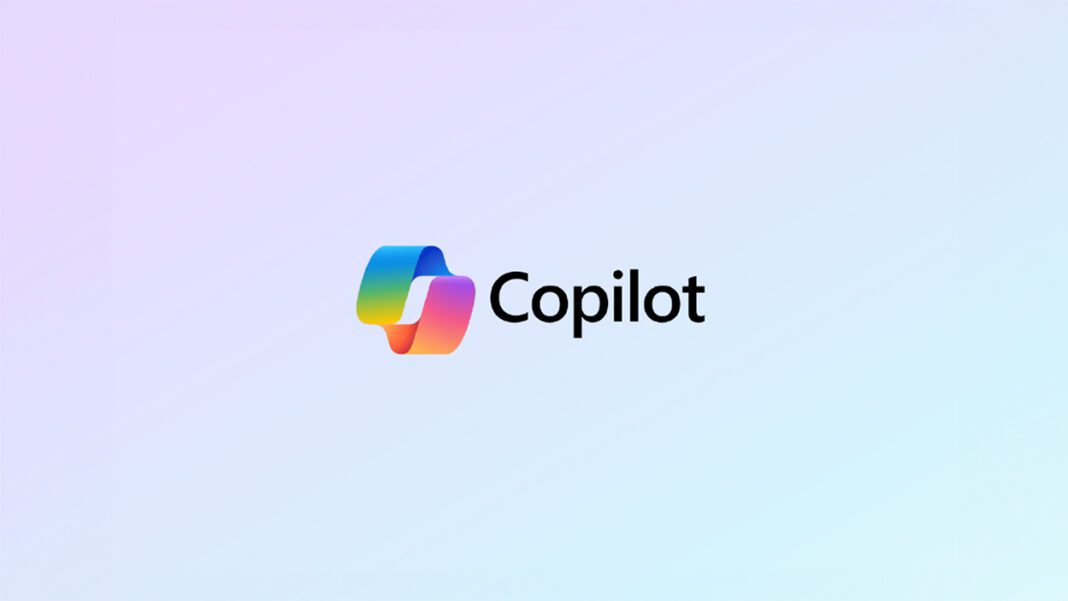Microsoft has rolled out an opt-in feature for Windows 11 that lets users activate Copilot using the wake phrase “Hey, Copilot”.
This new voice mode is part of a broader update that makes Copilot more deeply integrated into the Windows 11 experience. Among the enhancements are Copilot Vision (which can analyze what’s on your screen) and Copilot Actions (allowing the assistant to perform certain tasks).
How “Hey Copilot” Works & Activation
Here’s what you need to know about setting up and using the feature:
- Opt-in & settings toggle: The feature is not on by default. Users must go into the Copilot app’s settings and enable “Listen for ‘Hey, Copilot’” under Voice Mode.
- Local wake-word detection: The wake phrase is detected using an on-device spotter with a 10-second audio buffer. Microsoft says this wake-word detection does not upload the audio or record it.
- Online processing: While the wake-word detection works locally, full processing of your spoken command still requires cloud connectivity (internet) since Copilot must access server-side models.
- Visual & UI feedback: Once “Hey Copilot” is spoken and recognized, you’ll see a floating microphone UI and hear a chime indicating Copilot is now listening.
- Ending the session: You can end the conversation by saying word(s) like “Goodbye,” tapping an “X” icon, or after a period of inactivity.
The Broader Update: Voice, Vision, and Agentic AI
The “Hey Copilot” launch comes alongside several other Copilot enhancements:
- Copilot Vision: The AI can now “see” what’s on your screen—interpret apps, windows, visuals, and help you with step-by-step guidance. This is being rolled out globally.
- Copilot Actions / Agentic abilities: Copilot can take certain actions on your behalf—such as opening files, executing tasks, or interfacing with connected services (with your permission).
- Taskbar / UI integration: Copilot is being integrated more into the Windows interface—for example, the Windows Search box on the taskbar may evolve into a Copilot input UI (“Ask Copilot”) that combines search and conversational input.
Microsoft describes these changes under a vision of making every Windows 11 PC more “AI native” — letting voice, vision, and agent capabilities become first-class ways to interact with your device.
Implications & Considerations
Pros:
- Hands-free interaction: Reduces friction; useful when your hands are occupied or for accessibility.
- Greater adoption: Voice may drive more frequent Copilot usage because it’s more natural and easier than typing. Microsoft claims voice users use Copilot about twice as much.
- Tighter integration: Deepening Copilot’s role in core Windows workflows could make it more central to how users compute daily.
- Assistive & educational: Vision + voice together can help users navigate unfamiliar software or tasks visually.
Challenges / Risks:
- Privacy & trust: Even with local wake-word detection, users may worry about audio being captured or misused. Ensuring transparency and control is critical.
- Ambient noise & false triggers: Voice systems in varied acoustic contexts (offices, cafés) can misfire or be unreliable.
- Performance / latency: The delay between voice command and response must be minimal to feel natural.
- Adoption behavior: Some users are reluctant to talk to machines in public spaces; usage may be more suited to private settings.
- Security & misuse: Voice-based commands may open the door for malicious use if voice authentication or permissions are not robust.


